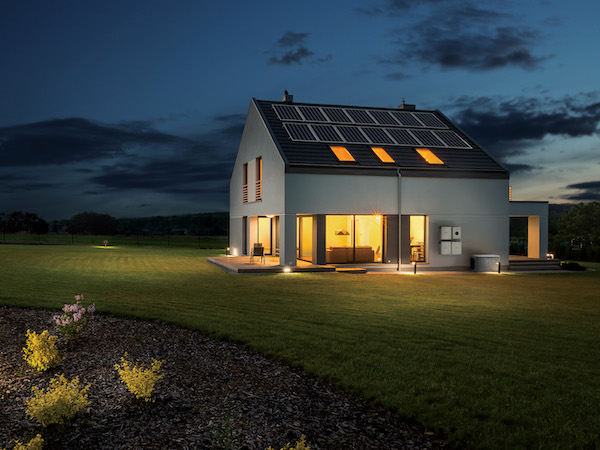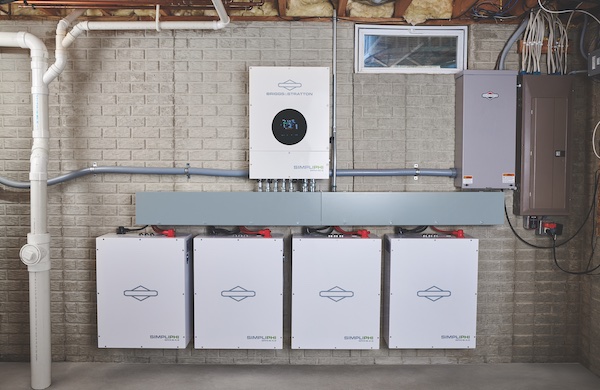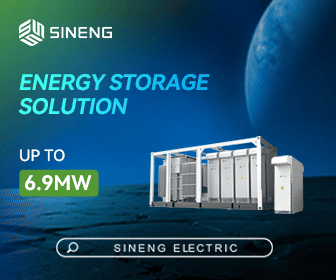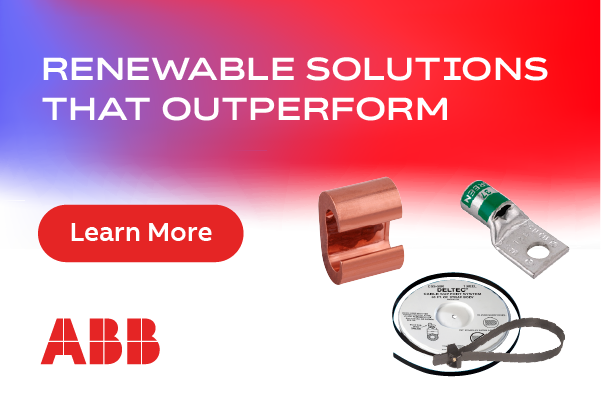Powering Up in Harsh Conditions
Major weather events such as hurricanes, strong winds, and ice storms are the primary reason for long-term power outages. In highly-populated areas, frequent power outages (often referred to as brownouts or blackouts) are a recurring phenomenon that occurs when the power grid cannot support increased demand. Clean energy, such as solar or wind power, has proven to be a reliable and sustainable solution to meet the world's growing energy needs. However, alternative energy sources must prove resilient against extreme weather conditions, harsh climates, and challenging locations if they are to ensure survival and success. Several deployment and technology strategies can help achieve this goal.
Energy distribution and storage
Distributed energy is a strategy to decentralize power generation and storage from the current centralized transmission and distribution lines system. Centralized distribution remains the norm in today’s world, but it's also more susceptible to being impacted by natural disasters, which can lead to catastrophic overloads.

As we look at aging transmission lines, especially in rural areas, the impact of severe weather events can have devastating effects on those in the service area. Hundreds of thousands of homes and businesses are often left without power for indeterminate lengths of time. In fact, according to the US Energy Information Administration, businesses and individuals experienced over eight hours of power interruptions in 2020 alone.
During some emergencies, communities are told to shelter in place in their homes or businesses. Investing in a residential or commercial battery system can prove invaluable in these scenarios. Battery or energy storage systems enable a home or business to become its own ecosystem of energy generation, allowing people and communities to brace for further natural disasters while creating resilience for their homes and communities until grid infrastructure is upgraded.
Harnessing and managing captured power
After determining a strategy for energy distribution, the next step is to deploy energy storage effectively and consistently. Energy Storage Systems (ESS) can provide power during low renewable energy production or grid disruptions. Batteries charged with energy from renewable sources, the grid, or backup generators allow for the mining and storing of energy that can be used when there is a critical power shortage. These systems can be tailored to a particular region's outage history, and the duration of that stored power can be sized appropriately to support the most critical loads.

In recent years, interest in power independence and energy alternatives has grown due to failing power grids. Additionally, frequent severe weather has led to increased power outages across the United States. Federal data found that in 2020, more than 180 large and sustained outages occurred; in 2000, there were fewer than two dozen major power outages. These factors are causing a surge in demand for energy storage systems.
Combining charging resources with hybrid systems can provide more reliable power than single-source systems. For example, solar and wind can charge batteries in inclement weather. Then, once the power restores, these same systems are connected to the grid, allowing the batteries to recharge quickly.
The importance of safety
Prioritizing safety is paramount when considering resilient power. Energy storage, battery chemistry, and manufacturing processes are drivers of protection for a battery system, especially when installed in homes and businesses.
Multiple types of battery technologies can be used for energy storage systems. Specifically, lithium-ion batteries are popular for many applications due to their high energy density, long cycle life, and low self-discharge rates. However, studies have shown that Lithium Ferro Phosphate (LFP) leads the industry in safety. LFP batteries do not contain cobalt — a hazardous material that contributes to thermal runaway, toxic fumes, and the risk of fire and explosion.
Many consumers do not realize that most lithium-ion batteries contain cobalt. When looking into battery companies and products, it’s essential to look for ones that have met and exceeded minimum off-gassing standards, and eliminated the risk of fire and explosion through UL 9540A safety testing. These are often the best batteries for residential and commercial applications as they don't generate significant heat, don't act as an accelerant when exposed to flames, and can be used safely indoors without cooling or ventilating.
Building a more resilient future
As the world transitions to clean energy, it is essential to invest in resilient strategies to ensure its survival and success. Clean energy can survive and thrive in extraordinary weather situations, challenging locales, or punishing atmospheres by utilizing a combination of different deployment and technology strategies.
Effective energy solutions can create safe and long-lasting resources for people to charge their phones and computers, check in with loved ones, and have heat, light, and a safe place to stay when the rest of the electric grid has failed. Distributed energy, energy storage, hybrid systems, and prioritizing safety are some of the most effective strategies anyone can use to ensure the success of clean energy during challenging times.
Sequoya Cross is Vice President of Energy Storage — Energy Solutions at Briggs & Stratton, which designs, manufactures, and markets lithium-ion battery, standby generator, energy storage system, lawn and garden, turf care, and job site products
Briggs & Stratton | www.briggsandstratton.com
Author: Sequoya Cross
Volume: 2023 May/June









